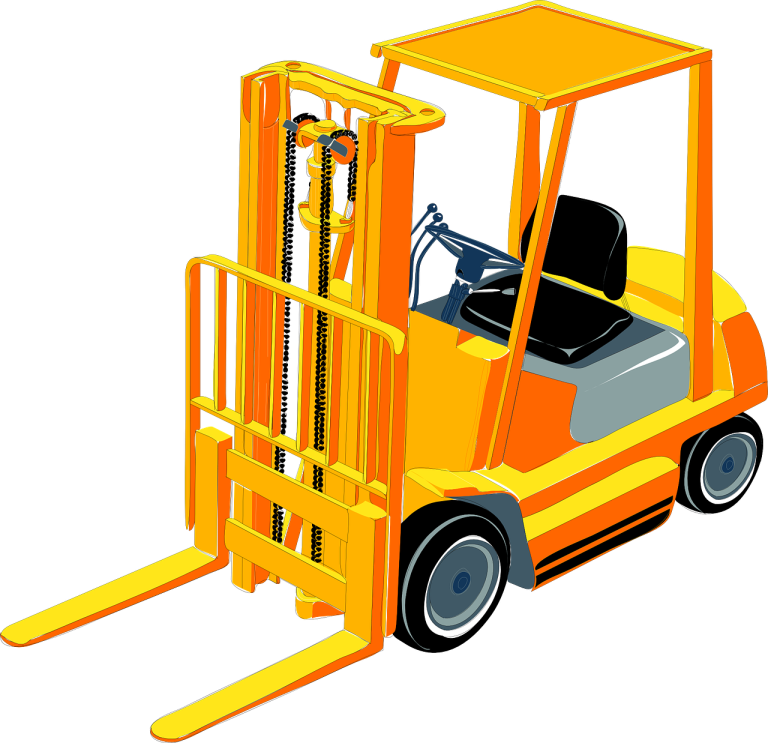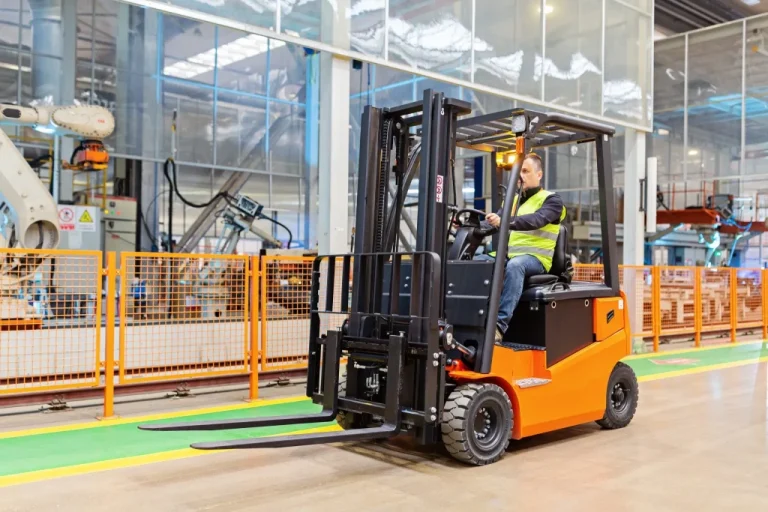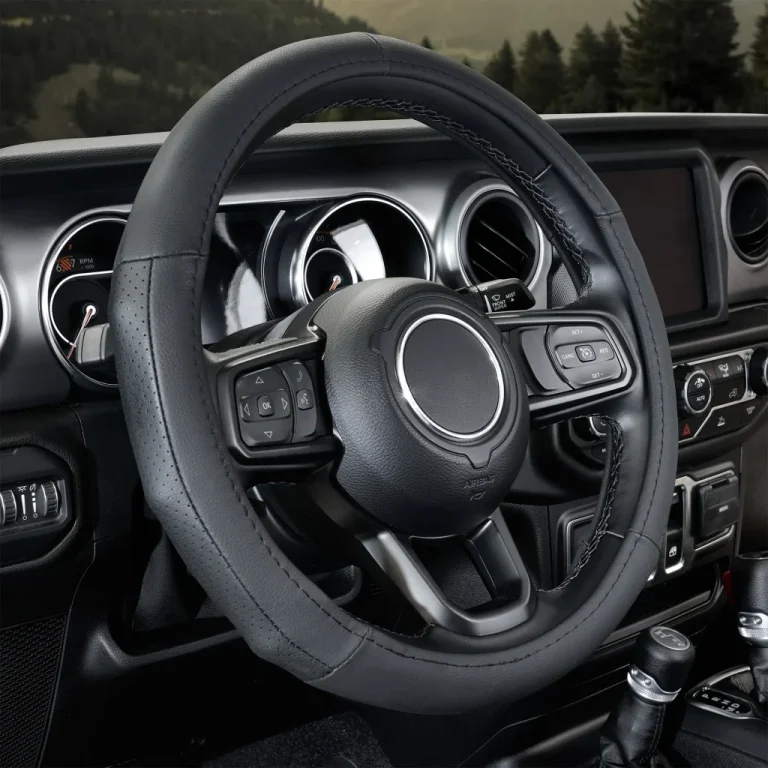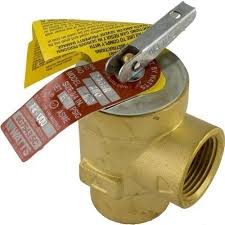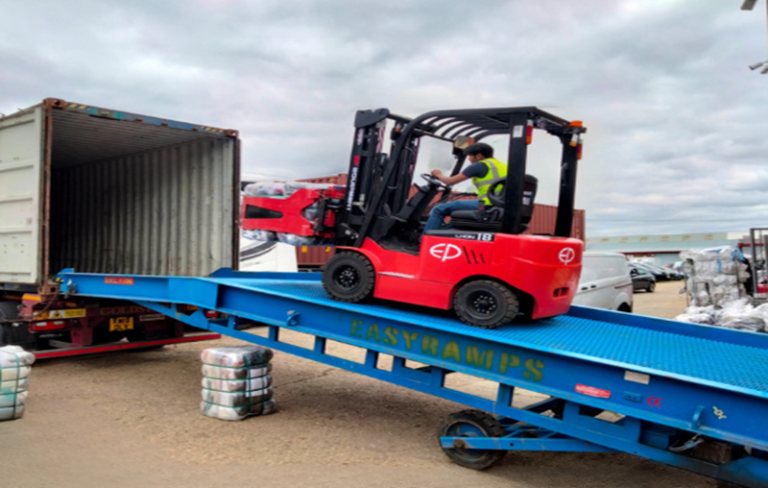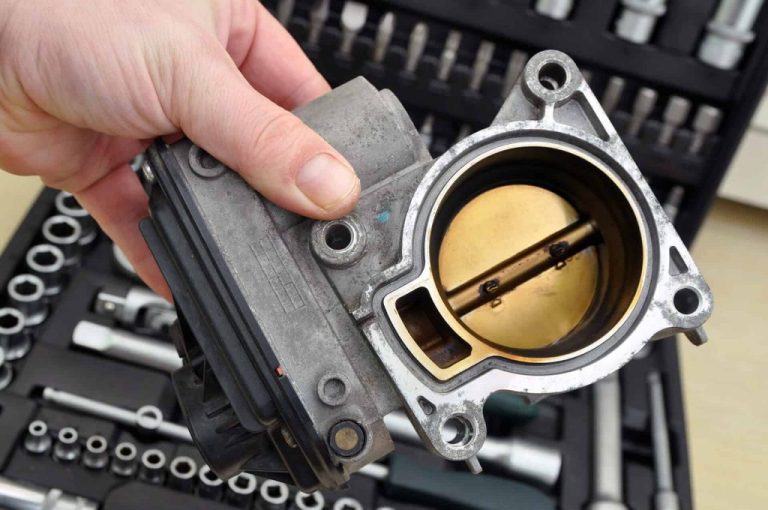Contents
Types of Forklift Parts
Forklifts are essential machinery in warehouses, factories, and industrial settings. They play a critical role in lifting, transporting, and stacking heavy loads. A forklift consists of various parts, each contributing to its overall functionality, efficiency, and safety. Understanding the different types of forklift parts can help with maintenance, repairs, and upgrades, ensuring that the forklift operates optimally.
This article explores the key forklift parts, their functions, and the importance of each component in keeping the machine in working condition.
1. Major Structural Components
1.1. Forklift Frame
The forklift frame is the main body structure that holds all other components together. It provides a sturdy and stable foundation for the forklift’s movement, ensuring durability and support for lifting operations.
1.2. Overhead Guard
The overhead guard is a metal structure designed to protect the operator from falling objects. This safety feature is crucial, especially when lifting loads to high shelves or working in areas with overhead hazards.
1.3. Counterweight
A counterweight is located at the rear of the forklift to balance the load lifted at the front. It prevents the forklift from tipping over when carrying heavy materials. The counterweight’s weight varies depending on the forklift’s lifting capacity.
2. Lifting and Load Handling Components
2.1. Forks
Forks are the horizontal prongs extending from the front of the forklift. They are designed to slide under pallets or other objects to lift and transport them. Forks come in various lengths, widths, and capacities based on the forklift’s intended use.
2.2. Mast
The mast is the vertical assembly that raises and lowers the forks. It consists of channels that guide the forks’ movement. There are different types of masts, including:
- Single-stage mast: Suitable for low-height lifting.
- Two-stage mast: Provides moderate lifting height with good stability.
- Three-stage mast: Offers a higher reach, commonly used in warehouses.
- Four-stage mast: Provides maximum lifting height for specialized operations.
2.3. Lift Cylinders
Lift cylinders are hydraulic components that control the vertical movement of the forks. They operate by using hydraulic pressure to extend or retract, enabling the forklift to lift or lower loads smoothly.
2.4. Tilt Cylinders
Tilt cylinders adjust the angle of the mast and forks, allowing operators to tilt the load forward or backward. This helps stabilize the load during transport and ensures proper positioning when placing or picking up materials.
2.5. Carriage
The carriage is the mounting platform where the forks and other attachments are connected. It moves along the mast and supports various lifting functions. Carriages can be customized with additional attachments, such as side shifters and clamps.
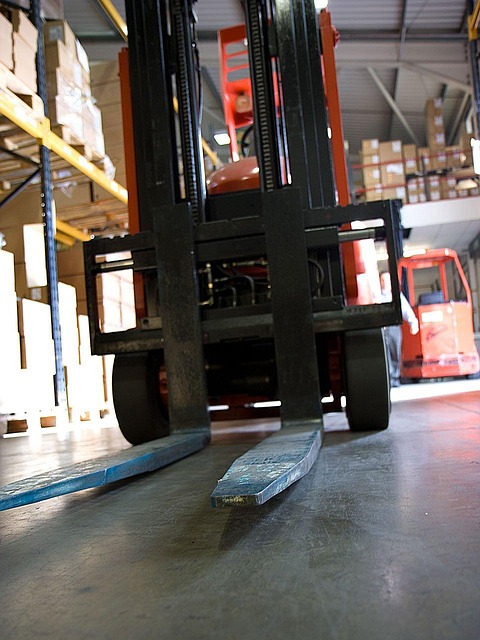
3. Powertrain Components
3.1. Engine (Internal Combustion Forklifts)
Forklifts with internal combustion (IC) engines use gas, diesel, or propane to generate power. The engine drives the hydraulic system, transmission, and wheels. Key parts of an IC forklift engine include:
- Fuel system: Supplies fuel to the engine.
- Cooling system: Prevents overheating by regulating engine temperature.
- Exhaust system: Reduces emissions and removes exhaust gases.
3.2. Electric Motor (Electric Forklifts)
Electric forklifts use battery-powered motors instead of internal combustion engines. These motors operate quietly and produce no emissions, making them ideal for indoor use. Key components of an electric forklift motor system include:
- Battery: Provides the primary source of power.
- Controller: Regulates electrical flow to the motor.
- Drive motor: Converts electrical energy into mechanical motion.
3.3. Transmission
The transmission transfers power from the engine or electric motor to the wheels. Forklift transmissions can be:
- Manual transmission: Requires the operator to shift gears.
- Automatic transmission: Uses a hydraulic system to change gears seamlessly.
- Hydrostatic transmission: Provides precise control using fluid pressure.
4. Steering and Control Components
4.1. Steering System
Forklifts have rear-wheel steering, meaning the back wheels turn instead of the front wheels. This design improves maneuverability in tight spaces. The main parts of the steering system include:
- Steering wheel: Allows the operator to control direction.
- Steering column: Connects the steering wheel to the hydraulic system.
- Hydraulic steering cylinder: Adjusts the angle of the rear wheels.
4.2. Control Levers
Control levers manage lifting, tilting, and other functions. The number of levers varies depending on the forklift model, but common ones include:
- Lift lever: Raises and lowers the forks.
- Tilt lever: Adjusts the mast angle.
- Side shift lever: Moves the forks laterally.
5. Wheels and Braking System
5.1. Forklift Tires
Forklift tires come in different types depending on the working environment:
- Pneumatic tires: Filled with air, suitable for outdoor use on rough terrain.
- Solid rubber tires: More durable and puncture-resistant, used for indoor applications.
- Polyurethane tires: Provide excellent traction on smooth warehouse floors.
5.2. Brakes
Brakes ensure safe stopping and control. Forklifts typically use:
- Drum brakes: Common in older forklifts, providing effective stopping power.
- Disc brakes: More modern and efficient, offering better performance.
- Regenerative braking (electric forklifts): Converts braking energy into battery power.
6. Hydraulic System
The hydraulic system powers the lifting and tilting functions. Key components include:
- Hydraulic pump: Generates pressure for lifting.
- Hydraulic fluid reservoir: Stores hydraulic oil.
- Control valves: Direct hydraulic flow to different cylinders.
- Hoses and fittings: Transport hydraulic fluid to necessary components.
7. Forklift Attachments
7.1. Side Shifters
Side shifters allow the forks to move left or right without repositioning the forklift. This feature enhances precision when picking up or placing loads.
7.2. Fork Positioners
Fork positioners adjust the spacing between forks, accommodating loads of different sizes.
7.3. Clamps
Clamps are used for handling non-palletized items, such as:
- Paper roll clamps: Designed for lifting rolls of paper.
- Drum clamps: Used for transporting barrels or drums.
- Carton clamps: Ideal for moving large boxes without pallets.
7.4. Rotators
Rotators enable the forks to rotate 360 degrees, useful for dumping containers or repositioning loads.
7.5. Fork Extensions
Fork extensions provide additional length for handling longer loads safely.
8. Safety Features
8.1. Seat Belt and Operator Restraint System
A seat belt ensures the operator stays secure in case of sudden movements or tipping.
8.2. Warning Lights and Alarms
Forklifts are equipped with warning lights, horns, and backup alarms to alert pedestrians and other workers.
8.3. Speed Limiters
Some forklifts have built-in speed limiters to prevent excessive speeds in warehouse environments.
8.4. Load Backrest
The load backrest is a vertical support behind the forks, preventing items from falling toward the operator.
Forklifts consist of numerous parts that work together to ensure efficiency, safety, and performance. Understanding the different types of forklift parts can help with proper maintenance, troubleshooting, and upgrades. Whether it’s the powertrain, hydraulic system, lifting components, or safety features, each part plays a crucial role in the overall operation of a forklift. Keeping these parts in optimal condition ensures the longevity and reliability of the forklift in industrial settings.
